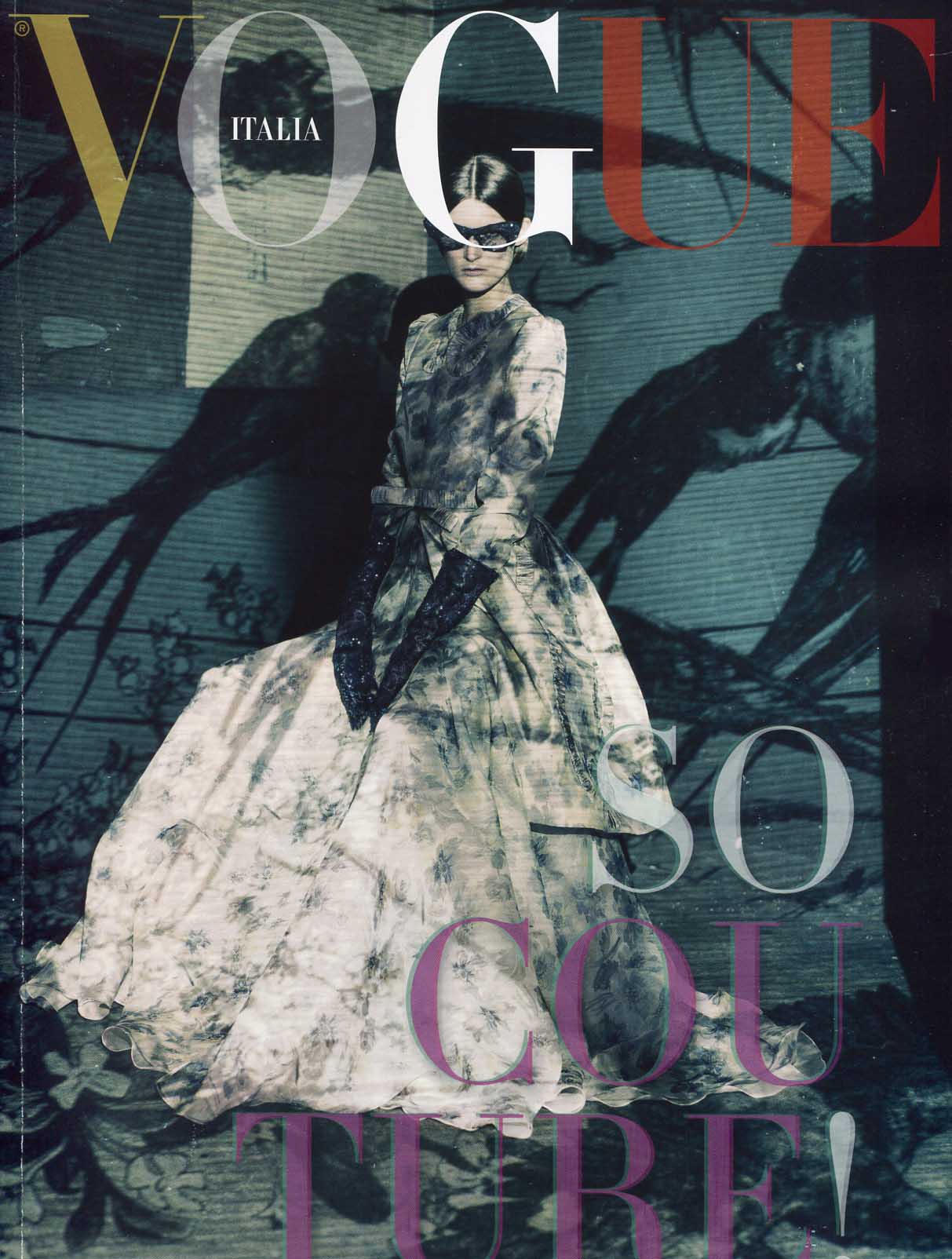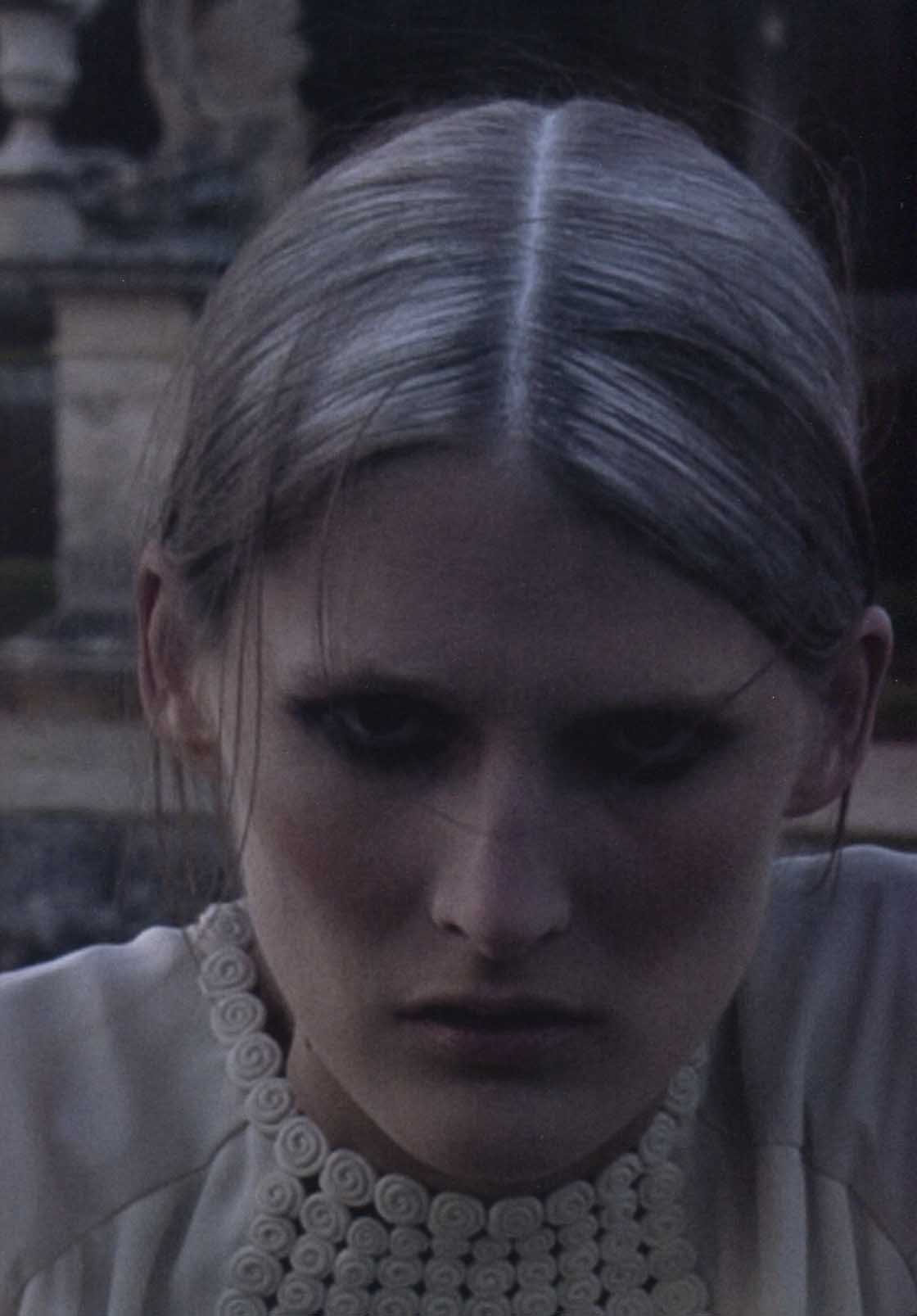Marie Piovesan - Française - 1m7 - 8/6/9


Agences
Marilyn
Storm Uk
Why Not It
Vogue Italie
Mars 2012
Paolo Roversi
Vogue Italie
Mars 2012
Deborah Tuberville
.
Full disclosure: Twenty-six-year-old newcomer Marie Piovesan might be our favorite new face this fall 2012 season. The Parisian has a severe, arresting beauty and charming intellect that makes us one of her biggest fans — and we’re not the only ones who are smitten. In the span of her six-month career, Piovesan has already booked face time with Paolo Roversi, Karl Templer, Craig McDean, and Marie-Amélie Sauvé. As one the current faces of Céline (she shares the campaign with Stella Tennant), she recently came off a stellar fall 2012 showing, during which she opened for Rick Owens, closed for Louis Vuitton, and appeared on the runways for YSL, Balenciaga, Lanvin, and Versace. We recently sat down with rising star to chat about riding Marc Jacobs's train, collapsing after fashion week, and her love for Jesus and Mary Chain and Hole. You recently closed Louis Vuitton’s fall 2012 show, which was presented with a train inside the Louvre. How many rehearsals did you go through for the show? Well, they first showed us the catwalk, and then they gave us our lineup numbers, explaining to us the logistics of it all — the man who was supposed to carry our luggage, how much time we had to wait after the girl who just went on to the catwalk to go, and etc. We actually only did one rehearsal. Marc [Jacobs] just asked me to be really careful with the coat and not to drop it! I loved the hat I wore. In the winter, I'd wear it every day. You also had a strong debut NYFW — any differences working in the New York market versus the Paris market? The only thing I noticed was that the lineup was totally different [from New York's] because I wasn't seeing the same girls backstage in Paris. Overall, you walked in 50 shows in all four cities. What was the first thing you did after you walked Vuitton on the last day of Paris Fashion Week? Well, I first passed out on my couch with my boyfriend and then dinner with my family to celebrate my birthday because I was on the plane to New York when I turned 26. Now, I’m settling everything I left on the side during Fashion Week, like paying bills and other charming stuff of that kind. You recently shot with Paolo Roversi for Italian Vogue's special couture cover and spread. Tell us what it was like working with him. I hear he’s quite funny. Yes, I found him to be a really charming person — calm, humble, and also funny. The shoot lasted for a day, and it was shot in his studio in Paris. He already knew what he wanted to do for the shoot with all the retro projections on me and the background. The results were stunning, and I really enjoyed working with him. I loved Panos [Yiapanis]’s idea of wearing those black glasses for the shoot, too. The resulting images show the silhouette of the couture pieces quite well. Is it different having to modeling couture clothes versus ready-to-wear? Personally, when you model for couture, I think you need to look more chic and classic in your attitude than in ready-to-wear, where you could maybe play more with the attitude of your body and face. I like modeling for both because they are different exercises for me, but honestly, every shoot is something new, and I like the constant change. Now, tell me a bit about your childhood. Well, I was born in the suburbs of Paris. My parents were really young when they had me; my mother was 19 and my father 21. My mother is a painting and photography teacher, while my father works in real estate. I’m the elder of the family, having a younger 20-year-old sister and 15-year-old brother. I was a really, really shy kid. It’s quite funny because I just found an old video of my sister and I, and I’m sitting in the corner of the room with a book, while my sister is singing in front of the camera — that’s pretty much me today. You can change, but you still keep something from your childhood. How did you get discovered? Since I was 16 years old, people have asked me several times to model, but I never did anything with it, except when people were offering to pay me for it. Like, for example, I shot the Polish cover for Paulo Coelho’s Veronika Decides to Die. But I never wanted to do anything with it because I was studying fine art for two years, and after, did three and a half years of archeology. To me, I felt modeling is something you had to do full-time, just like education, and I didn’t want to split my time in half doing both. Well, you’re starting your career at 26, and you’re doing better than most of the 16-year-olds who take a stab at it. What are your thoughts on underage models? It’s hard to say. I don’t think one should judge, really. If they’re doing it, it’s okay for them, I guess. But, I’m happy I didn’t start at that age. I’m glad I was able to do other things before starting to model; you can keep distance with that, you know? Not really. What do you mean? When you’re 15, you don’t really know who you are. You’re still trying to figure it all out. To do modeling, I think you have to build up in your head before you go into it. When you’re older, you’re able to be a bit emotionally distant from the business, which if you start at a young age, you can take little things to heart. That’s why it’s refreshing to see faces like you, Kati Nescher, Aymeline Valade, and Saskia de Brauw do so well in your careers. Anyway, I hear you’re quite the music buff. What do you enjoy listening to? Nick Cave, Hole, Siouxie and the Banshees, and the Jesus and Mary Chain. I also love Slowdive. And what about books? I love Nikolai Gogol, and I’m a huge fan of Edgar Allen Poe. For me, he’s major — his writing is so rich. There’s references to everything all the time. There’s also this kind of romanticism, but it’s not naïve. I’ve recently discovered an English author, Will Self, whom I really enjoy. I usually read only classic[s], but he’s really good. Model Profile: Marie Piovesan
Vous avez accepté de nous parler de votre vie de top model… Ah non ! Un top model, c’est quelqu’un d’aussi réputé que Kate Moss, par exemple ! Moi, je suis mannequin. Question de notoriété ! Ma première Fashion week ne date que de 2011.
Oui, mais à cette occasion, vous avez défilé pour Miu Miu, Saint Laurent et fait l’ouverture du show Céline, et depuis vous avez été beaucoup sollicitée à l’étranger. Votre carrière semble donc en très bonne voie. C’est vrai que, depuis, je pose fréquemment pour des photographes réputés, et vis entre deux avions comme l’on dit. Mais, même si j’adore ce nouveau métier, je ne suis pas toujours à l’aise avec cette notoriété. A propos de mannequinat, on évoque toujours les grandes et très jeunes blondes arrivées d’Europe de l’Est. Ce n’est pas votre cas. Vous êtes française, avec de longs cheveux châtains, et vous avez 25 ans. Je me suis d’abord consacrée à mes études d’archéologie. Après ma licence et, pour le master, une spécialisation en archéologie funéraire protobyzantine et en anthropologie physique, et plusieurs chantiers de fouille, j’ai traversé une période de grand doute. Je voyais des personnes qui sortaient de thèse et n’avaient pas de boulot. Comme, à partir de mes seize ans, on m’accostait régulièrement dans la rue pour me proposer de faire des photos, là j’ai accepté. L’attention de ceux qui vous abordaient se portaient plutôt sur votre visage ou sur votre allure ? Je l’ignore. Disons que mon physique collait à une sorte de canon de beauté, sur des critères du moment, avec mon 1 mètre 77, mon tour de taille de 57 et mon tour de hanche de 88. J’ai donc tenté l’expérience, sans imaginer qu’elle réussirait aussi bien. Du coup, de complexée que j’étais par mon look de grande mince, j’ai renoué avec mon physique et m’accepte désormais beaucoup mieux. Et je n’ai rien envie de changer à mon goût pour les bons repas, et aussi pour les cassoulets, les tartiflettes-reblochon… et le vin rouge ! Le mannequin Marie Piovesan Photo Angela Hau Comment passe-t-on de séances-photos à une carrière internationale ? J’ai du mal à réaliser moi-même. Lors de la dernière fashion week, à Paris, j’ai été choisie pour défiler en portant les créations de Yves Saint Laurent, Céline, Miu Miu. Bien sûr, tous les grands magazines de mode étaient présents. Certains m’ont remarquée et m’ont demandé de venir poser pour des photos à New York, à Londres, à Tokyo… Depuis, je travaille en France, bien sûr, mais je passe beaucoup de temps à l’étranger, surtout dans ces trois métropoles. Le regard que les autres portent sur vous a-t-il changé ? Je pense qu’avoir décroché un prix Nobel… impressionnerait moins. Le mannequinat exerce une fascination étonnante et on me regarde comme si j’étais soudain sur un piédestal. On, ce sont les femmes ? Hommes et femmes idéalisent le statut de mannequin et en font des sortes de « déesses ». Comment faites-vous cohabiter des images si différentes : celle de vos études et celle de votre métier actuel ? Dans l’esprit de beaucoup de gens, si on est archéologue, on est forcément quelqu’un qui réfléchit, l’intelligence étant évidente. Alors qu’ils réduisent une mannequin à son apparence physique, la tête bien faite n’étant pas pour elle. J’ai ressenti, au début, une sorte de malaise, peut être parce que moi-même j’avais ce type de clichés qui, aujourd’hui sur le terrain, ont bien sûr volé en éclats. Que ressentez-vous avant un défilé ? Quelle pression sur moi qui suis tellement timide ! On n’a pas le droit à l’erreur, et tant d’yeux braqués sur vous ! Mais j’aime me glisser dans la personnalité qu’impose un créateur ou un photographe. C’est à la fois ludique et créatif. J’adore ! Et après ? Après je retourne à mes passions : la peinture, la musique rock et la littérature russe du 19e siècle. Quant à l’après-mannequinat, on ne peut rien prévoir avec ce métier qui durera… ce que ça durera. Pour le moment, je trouve passionnant de m’y glisser à la découverte de nouveaux codes de fonctionnement. Quant à savoir ce que je ferai ensuite, tout reste ouvert, rien n’est exclu ! .